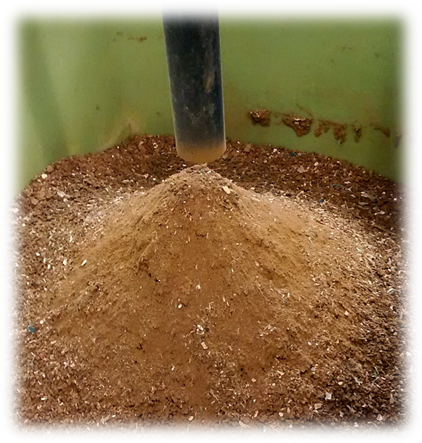
Fish meal and Fish Oil
Valorisation Option Factsheet
Product description
Fish meal is a brown powder rich in protein. The colour is affected by fish species, particle size, fat and moisture content.
Standard fishmeal typically has 64-67 % crude protein with up to 12 % fat and 10-20 % ash.
Fish oil is the co-product of the fish meal plants. It is a liquid product composed mainly by fatty acids, high in unsaturated fatty acid, with variable amounts of phospholipids, glycerol ethers and wax esters.

Product application
Fish meal is mainly used in animal feed. Aquaculture accounts for > 60 %, pigs 25 %, and poultry 8 %.
Fish oil has different uses that can vary depending on its composition. Aquaculture destiny accounts for ~80 % and ~13 % is destined to human consumption.
Fish oil can also be used as food grade lubricant, solvent in industrial products (paints, varnishes, pesticides, ink, rubber …) and in the production of biodiesel.
High quality oil is obtained through cold pressing and can be further refined to obtain a polyunsaturated fatty acids (PUFAs) rich product to be used in food products, supplements, cosmetics and pharmaceuticals.
Raw materials
Fish meal and fish oil can be obtained from any kind of discard or fish by-product, including shellfish. Fatty acid composition and quality depend on the species and freshness.
If deterioration of the raw Fish occurs, much lower quality and price of the product is obtained.
Feasibility
Process Yield
Technology maturity
Value of Product
Potential Market
Production cost
Competing Companies






Simplified process Scheme

Citation :
Factsheet Fish meal and Fish Oil, Author(s) : Bruno Iñarra, Carlos Bald, Marta Cebrian
Bruno Iñarra, Carlos Bald, Marta Cebrian (2017). DiscardLess WP6.2 Evaluation of the different valorisation alternatives prioritized from the technical, market, regulatory and socio-economic perspective.
http://www.discardless.eu/Valorisation_module